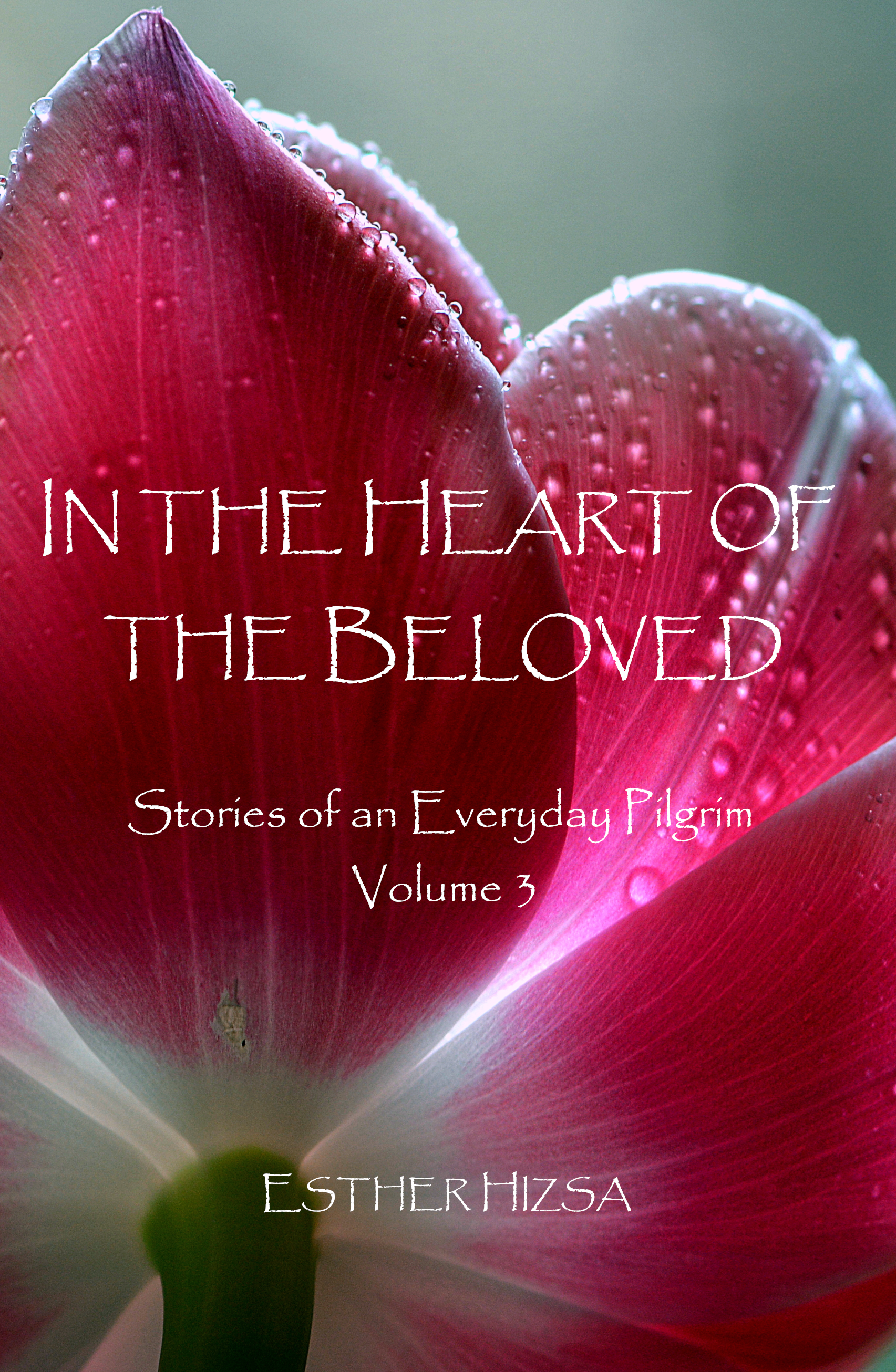“Love is a choice,” a directee said to me last week.
I hadn’t heard that declaration in a while and felt a resistance rise up in my chest when she said it. Yet she was relaxed and animated as she talked about her new freedom. In a situation in which she could have easily criticized or dismissed someone for their actions, she was liberated to accept them as they were and love them anyway. Choosing to love wasn’t a duty. She simply made a choice to see this person through grace-filled eyes.
 Meanwhile, on the personal front, I addressed what had caused the flare-up of bursitis in my shoulder. The pain was gone, but I still hadn’t done the strengthening exercises my body needs to prevent it from coming back. I keep imagining Blanche Bickerson from the 1940’s radio show with that tone in her voice. “You say it, but you won’t do it.”
Meanwhile, on the personal front, I addressed what had caused the flare-up of bursitis in my shoulder. The pain was gone, but I still hadn’t done the strengthening exercises my body needs to prevent it from coming back. I keep imagining Blanche Bickerson from the 1940’s radio show with that tone in her voice. “You say it, but you won’t do it.”
Remember last week I wrote about loving myself for God’s sake?
These random thoughts began to percolate in my mind: love is a choice, my body needs attention, and I am called to love myself for God’s sake.
What if God is inviting me to love and care for my body–not as a duty but, lovingly, as a gift? What if I chose to love my body as much as I love my directees and made space for it as I do for them?
I’ve written a number of posts about how God is inviting me to love and care for my body. I say it, but I haven’t done it. Not consistently anyway.
On Tuesday I tell Blanche to step aside and workout with Jillian Michaels’ DVD, Ripped in 30. I don’t expect to be “ripped in 30.” I just hope I’d still be doing it a month from now.
On Wednesday, whenever I get up or crouch down my thighs and calves remind me that I worked out. But that’s okay. At least I did it.
I’m offered a ride home from the Lunch Club. “It’s okay. I need the exercise,” I say and open my umbrella. On the short walk home, I think again about loving myself for God’s sake. I hold the idea that “myself” includes my body. When I say I have a body, it sounds like something I own rather than something I am. Yet if I say, “I am a body,” what happens to “me” when I die? I’m not just my body. But I can’t live without it on this earth.
At home, I catch a glimpse of myself from the side in the full-length mirror in the hall. I look again, then look away.
On Thursday I work out with Jillian again. “Give me everything you’ve got,” she says. “That’s all I want. Everything you’ve got.” Bown, bown, b-b-b, bown bown, pounds the music.
Friday I am on Day 23 of keeping my gratitude journal. I let the previous day’s events come back to me. I choose to see how I enjoyed my body and record what I’m grateful for.
- The tastes and smells of the meal we had with our Imago Dei friends to celebrate American Thanksgiving.
- The ability to walk and work out.
- My pain-free shoulder.
- My fingers that write these words for you to read.
Choosing to love my body is choosing to at least try to see it through grace-filled eyes.
So God created humankind in his image,
in the image of God he created them;
male and female he created them.
God saw everything that he had made,
and indeed, it was very good.
–Genesis 1:27, 31
* * *
Recently my daughter, Heidi, and I went to the Italian Cultural Centre’s art gallery to see the exhibit, Women’s Work: Reflections upon the History of Women in Textile, which is on display until Dec 30. The exhibition examines the role of women throughout history. The curator, Angela Clarke, told us how the exhibit came about. Clarke selected sixteen significant Italian works of art that either deal with themes pertaining to women or were created by women. Then it was the task of sixteen of the leading female professional fibre artists in British Columbia to utilize these paintings as a starting point for their own explorations on the history of women. Artworks such as Bernini’s Ecstasy of St. Teresa, emphasize women’s historic roles as mystic and spiritual teachers; the Ravenna Mosaics with Theodora, demonstrate women’s capacity to rule behind the throne. Finally, paintings such as Perugino’s Marriage of the Virgin look at the historic institution of marriage and women’s traditional role within it. The artwork was simply amazing.
What love mischief are you and God doing to care for the world?
Let me know and I will include it in an upcoming post.



